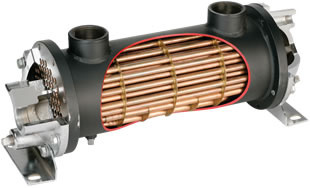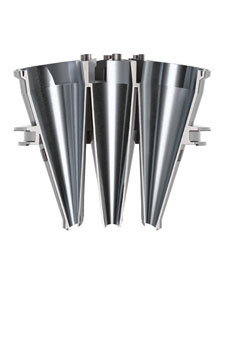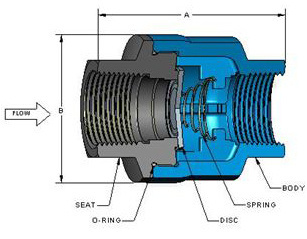Hi All,
After a year of contemplating the failure of my for-profit business (Off Grid Pro), I’ve gone through some rough patches, did some soul searching, and have done some deep thinking. I have decided to revive the OpenFire Gasifier. Although this time it will be much different than the first version, and I will be aiming at an entirely different set of priorities.
I have been toggling back and forth between focusing on affordability and/or performance. Because my own personal happiness is a major factor, I have decided to focus on performance. I’ll be using advanced materials and creative design to accomplish the goals.
This will not be a “super practical” or an “off-the-shelf” parts kind of unit. I will be pushing the envelope. I will be using the best materials available to accomplish this goal, such as alumina, ceramic, stainless, aluminum, and other materials that are best suited for the objectives and priorities.
I will be taking an “analog first” approach to the design, so that no electronics will be needed to start or run the system. This will go over well with the “EMP proof” folks in the prepper circles, as well as it being just good common sense. That being said, I am also designing this to be fully automated for those that want a “push button walk away” type of set-up. My own desires are to have an Arduino and Raspberry Pi system attached with sensors and automation.
Coming from the software development world, I see this in a very similar light… Versions with add-ons.
All plans will be made Open Source from the beginning, and I hope the bare bones package won’t be too steep in price. I will make this a Creative Commons CC BY SA:
https://creativecommons.org/licenses/by-sa/4.0/legalcode
This means that anyone can make contributions, anyone can sell or modify the design (as long as they share too), without legal entanglements.
I will be open to any ideas, contributions, and/or criticism. I hope some of you can join the fun…
Current Priorities:
-
Modularity—High focus on attachments, upgrades, and enhancements. This will largely be done with the liberal use of flanges and the standardization of connectors and connections. If I want to add an auger feeder system, an airlock, a hot water heater, I should be able to bolt one on. This means I am considering all the obvious add-ons before I even design the bare bones system.
-
Portability—This version will be tightly packed (i.e. laptop vs desktop) and designed for mobility. A single human should be able to roll the gasifier around on wheels, and perhaps even pick it up and carry it. I am particularly interested in some kind of cart or dolly system. I’d like to be able to add batteries, automation and other add-ons that might bolt onto the cart, just like some add-ons might bolt onto the gasifier.
-
Scalability—The real innovation here is to factor in the ability for a gasifier to use multiple nozzles and multiple tiny cyclones (think Dyson vacuum cleaners) to approximate a linear gradient with regards to gas flow demand. I will be using a series of low cracking pressure check valves to accomplish this goal for both the nozzles and the cyclones. In short, the system will be designed to run efficiently and optimally at 100cc up to 600cc of engine displacement. I’ll probably adopt the Honda platform for the engines, so the Honda eu2000i would function great with one 3/4" nozzle, and the Honda GX 630 would require all three 3/4" nozzles to be activated. This automatic “range” aspect of the design has me the most excited.
-
Durability—I know I am going to catch some flak for this one, but I am going all stainless. I don’t want to worry about rust, paint peeling off at high temps, water drip headaches, and/or other factors. Yes, I know carbon steel can be incorporated in clever ways to save money, but stainless is where I am going. Of course, there will be some aluminum too, and even iron filings (for H2S), but 95% stainless is not too expensive when the system is compact.
-
Heat Management—Even though charcoal gasifiers have the reputation of low gas temperatures, they eventually do heat up as the fuel is consumed and the steel heats up. I will be incorporating a very compact heat exchange system with a massive surface area. This will cost money and require more welding time, but—as you will see—affordability is not high on the list. It can’t be if we want truly low gas temps for extended periods of time.
-
Affordability—Unfortunately, many of the design decisions will push affordability further down on the list. I understand the repercussions, and accept them. For those DIY guys, we are only talking about the cost of parts. Also, if others wish to build with carbon steel to reduce costs, they can.
Thanks for reading!
Regards,
Troy Martz




